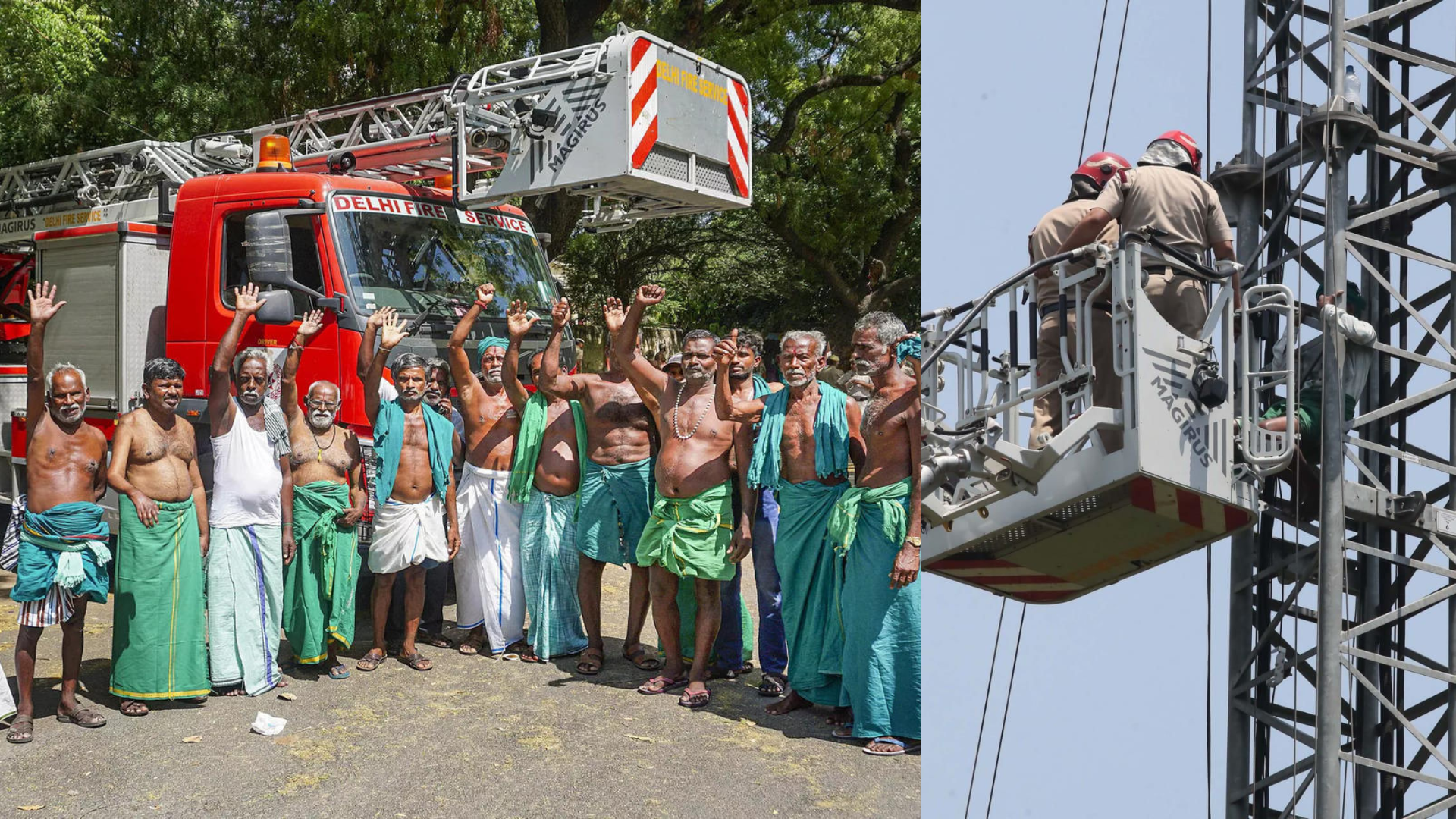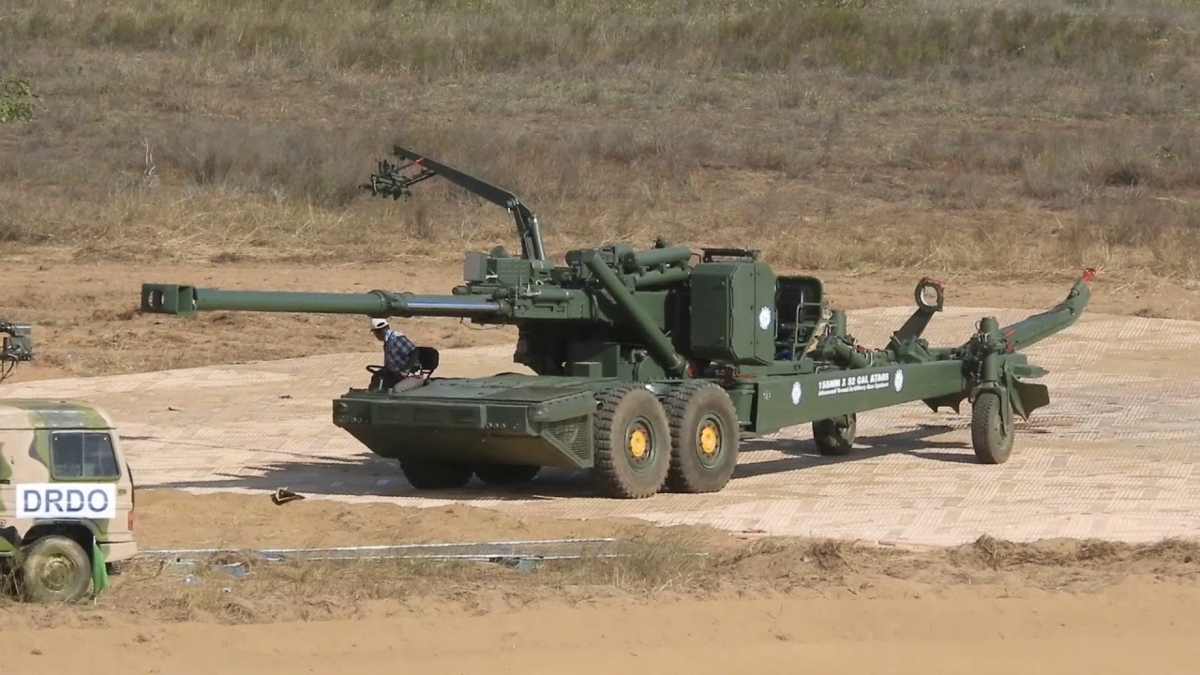










ATAG, an indigenously produced howitzer gun, was included in the 21-gun salute at Monday’s Independence Day event at the Red Fort.
The Advanced Towed Artillery Gun System (ATAGS), developed by the DRDO, was employed alongside classic British-origin ’25 Pounders’ artillery cannons.
ATAGS inclusion
According to authorities, two Advanced Towed Artillery Gun System (ATAGS) howitzers joined the battery that fired with the other 25 Pounders this year.
The ATAGS is an indigenous 155 mm x 52 calibre howitzer cannon created by the Defence Research and Development Organisation (DRDO), with the key agency being the Pune-based Armament Research and Development Establishment (ARDE).
In the run-up to the Independence Day celebrations, some ATAGS fire practise sessions were organised. According to officials, engaging the ATAGS in the symbolic action of the 21-gun salute is a critical step in the route toward its entrance into the Army.
The customary 21-gun salute
When the National Anthem is played by the Military Band following the Prime Minister’s unfurling of the Tricolour at the Red Fort, a 21-volley cannon salute is fired by a ceremonial battery from an artillery regiment.
The custom of gun salutes originated in Western fleets, where guns from ports and approaching ships were fired in a certain manner to signal that there was no violent intent. This custom was continued as a manner of paying respects or extending an official welcome to the Crown, royals, military leaders, and heads of state. The tradition was passed down from the British monarchs, who had gun salutes consisting of 101 volleys, 31 volleys, 21 volleys, and so on, depending on the hierarchy. In India, artillery cannon salutes are fired on Republic Day, Independence Day, and at the President’s inauguration ceremony, among other events.
The creation of the ATAGS
DRDO launched the ATAGS project in 2013 to replace obsolete weapons in the Indian Army with new 155 mm artillery systems. Other DRDO facilities that participated in the development efforts, in addition to ARDE, are the Instruments Research and Development Establishment (IRDE), Vehicle Research and Development Establishment (VRDE), Proof and Experimental Establishment (PXE), Centre for Artificial Intelligence and Robotics (CAIR), and Defence Electronics Applications Laboratory (DEAL). The ARDE worked with Bharat Forge Limited and Tata Advanced Systems Ltd to develop this specialised gun system.
Following multiple testing of the subsystems throughout the early stages of development, the proof-firing of ATAGS occurred during technical trials at DRDO’s Proof and Experimental Establishment (PXE) at Balasore in July 2016.
Pokhran Field Firing Range set a new target range record of roughly 48 kilometres in August and September 2017.
Following that, the system underwent multiple stages of testing in various weather and terrain circumstances. The ATAGS reported a mishap during one of its test firings at Pokhran in 2020, which was investigated by the DRDO.
Maximum ranges of 38.5 km and 48 km were reached with boat tail and extended range full bore bullets during a September 2017 test at Pokhran. According to DRDO officials, this is at least 20% more than the ranges of any modern gun system.
During the same test, systems matching the crucial criteria of minimum range at high angle attained a minimum range of 4.7 km.
The specialised gun system is compatible with C4I (command, control, communications, computers, and intelligence) systems such as the Army’s Shakti Artillery Combat Command and Control System (ACCCS) for technical fire control, fire planning, deployment management, and operational logistics management.
Prospective responsibilities
The DRDO’s development of ATAGS corresponds with the development of the former Ordnance Factory Board’s Howitzer Dhanush for Advanced Weapons and Equipment India.
The Army and the Ministry of Defence approved bulk manufacturing of 114 Dhanush in 2019. Officials expect that the two flagship products of Make In India, ATAGS and Dhanush, will successfully replace the obsolete artillery systems in the coming days.
Also Read: Army, Navy, IAF celebrate Independence Day










